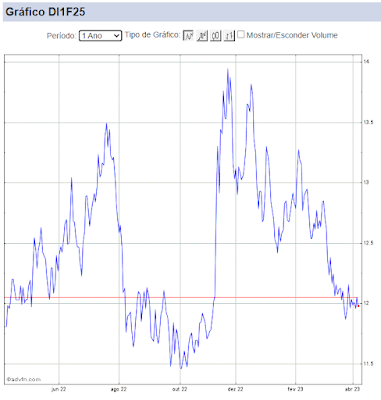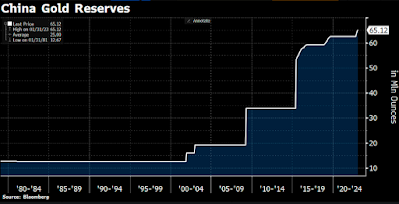Brasil: Pacote econômico e ruído político.
Os ativos de risco operam próximos a estabilidade, e sem tendências definidas essa manhã.
No Brasil, no final da tarde de ontem, o governo anunciou um pacote de medidas econômicas que visam desburocratizar a economia, reduzir o endividamento e o custo de captação de recursos por famílias e empresas. Os detalhes do pacote ainda são vagos. Não parecem ser medidas aos moldes do modelo errado adotado nos últimos governos, mas um caminho interessante a ser seguido. Ainda faltam detalhes para termos condições de saber o real impacto na economia, mas me parece que o impacto imediato deve ser pequeno.
Uma matéria de capa do Globo.com de hoje cedo afirma que o MP e a PF apresentaram relatório ao TSE dizendo que há indícios de fraude da chapa Dilma-Temer nas eleições de 2014 (http://g1.globo.com/politica/noticia/mp-e-pf-veem-indicios-de-fraude-e-desvio-de-recursos-na-chapa-de-dilma-e-temer.ghtml)
No cenário externo, gostaria de replicar neste fórum um comentário do Deutsche Bank em torno da trajetória do dólar no mundo:
Something special happened yesterday: Fed funds - the interest rate on overnight dollars - rose to 66bps. Why is this important? Because historically, it is not only the direction of US yields that matters for the dollar but also the absolute level. When the USD joins the ranks of the high-yielders – defined as having at least the third highest central bank yield in the G10 – it typically rallies very strongly. The dollar entered such a regime yesterday: only Australia and New Zealand now have higher central bank rates than the US. The last time this happened for more than a few months was in 1979 and 1997; the dollar rallied by 30% and 20% respectively. What about long-end yields? The US comes out on top here too: among the world’s 20 largest bond markets, US 10-year treasury yields are now at least the third highest across the 5, 10 and 30-yr tenors. The dollar is truly a high-yielder.Summing up, there is a threshold of yields beyond which the dollar rallies even if the rate differential stops widening. Indeed, the break of EUR/USD parity back in the 2000s was accompanied by a narrowing, not widening in the EU-US rate differential as portfolio flows flocked to the US from Europe (chart 2). From this perspective, a stabilization in UST yields attracting fresh buyers may end up being even more negative for EUR/USD. We remain bearish and expect a break of parity down to at least 95 cents next year.


Comentários
Postar um comentário